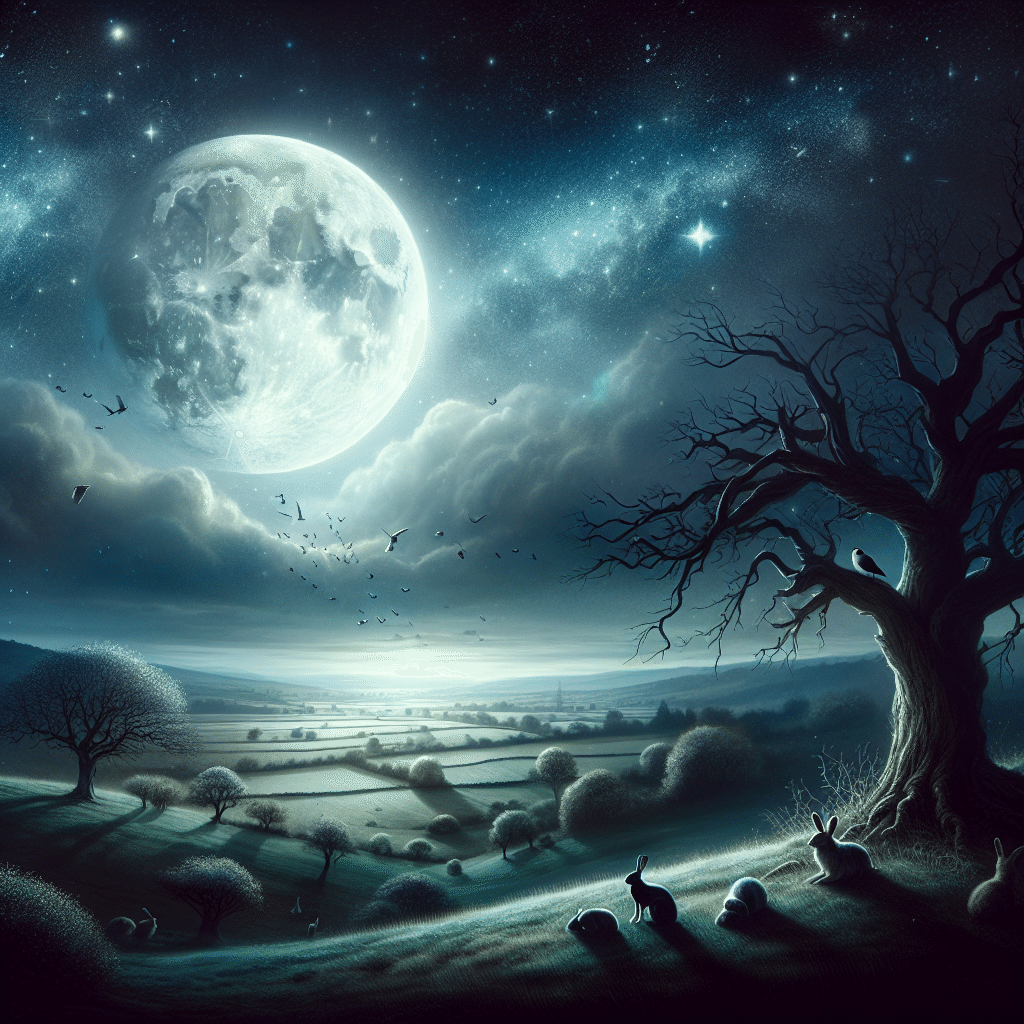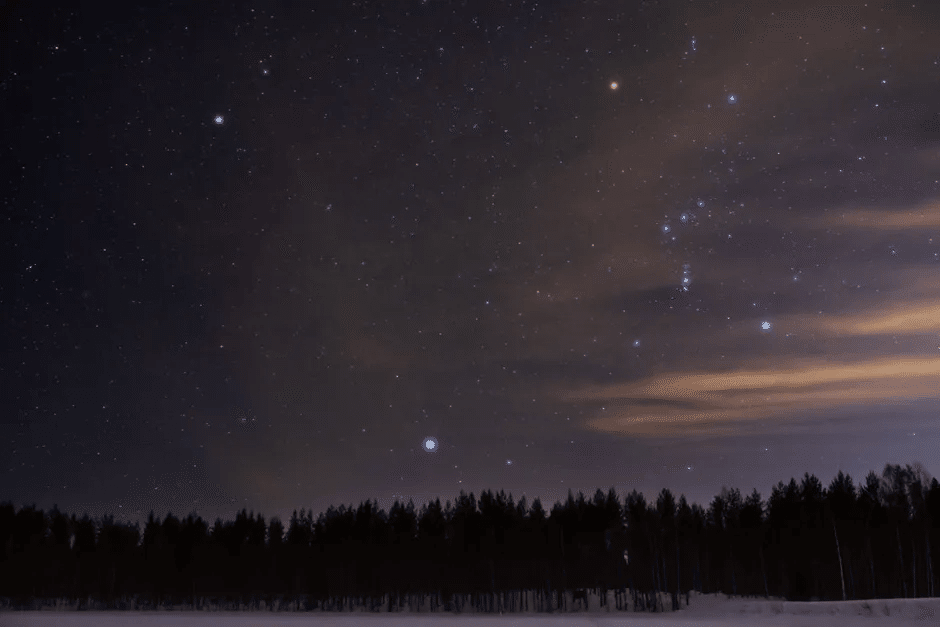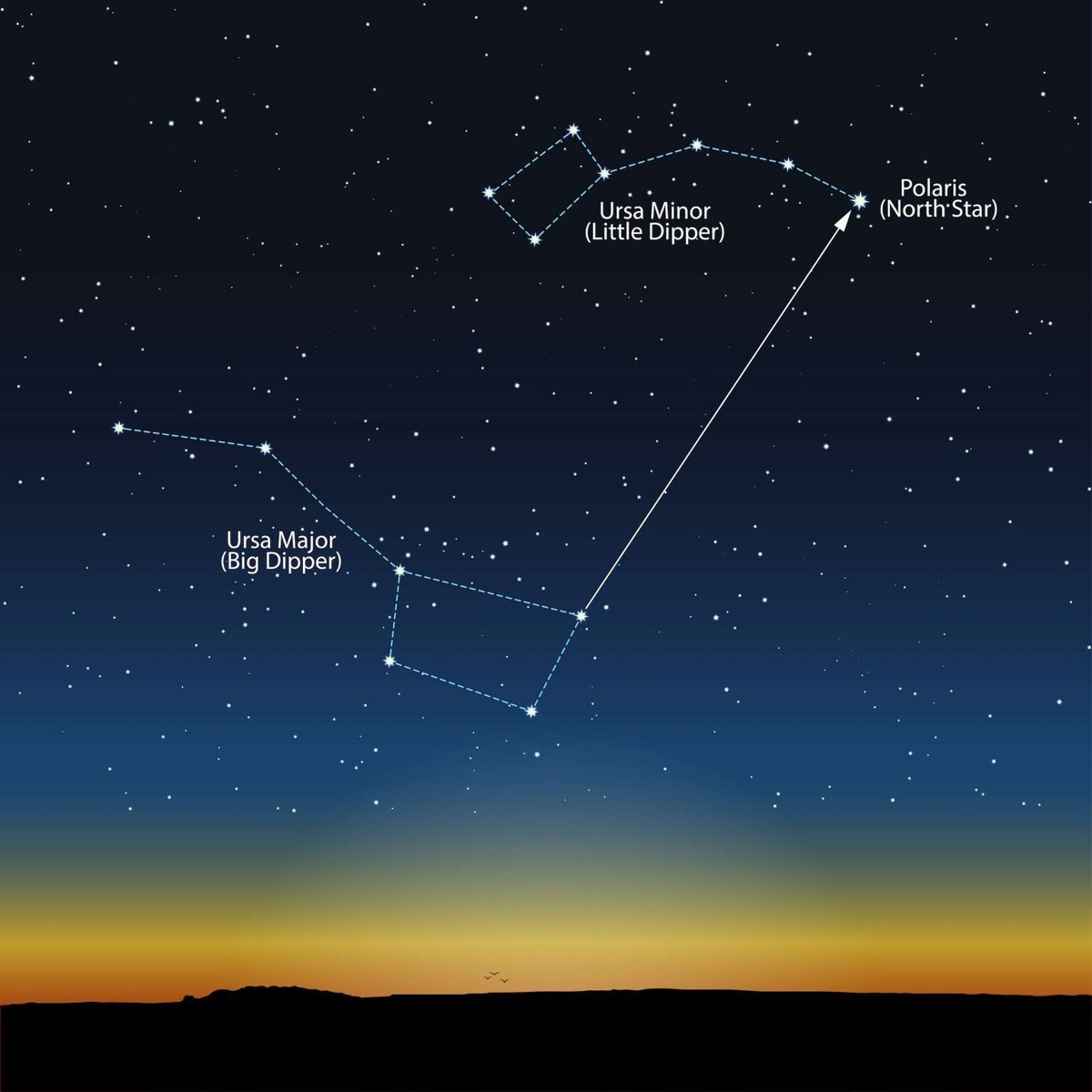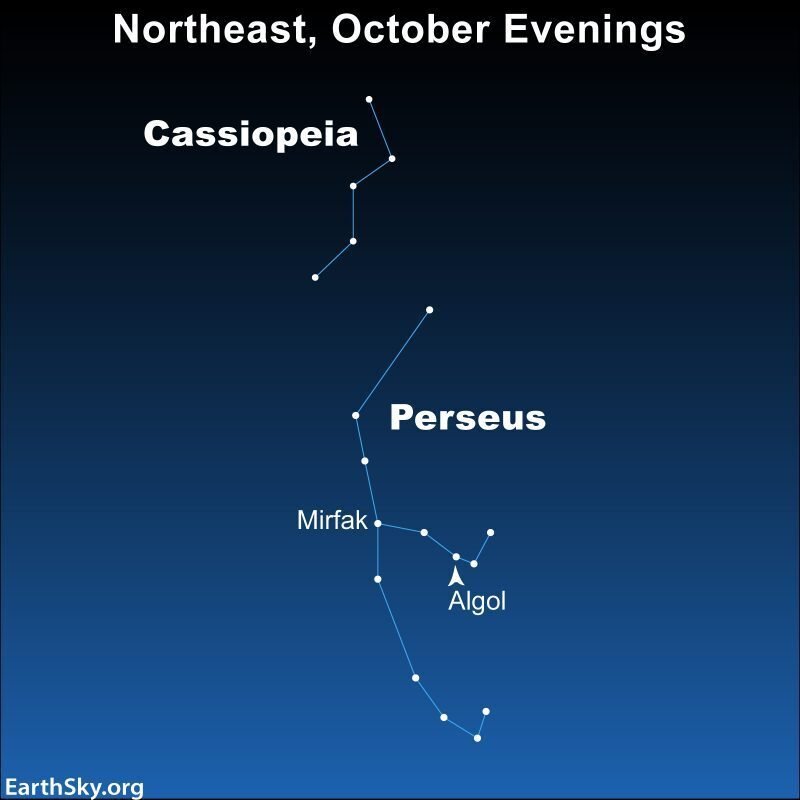
The Enigma of Time: A Phenomenological Exploration Beyond the Linguistic Framework
The human experience of time is a complex and multifaceted phenomenon, one that has captivated philosophers and scientists for centuries. We often fall into the trap of perceiving time as a linear, objective entity, akin to Chronos, the Greek god of chronological time. This perspective, deeply ingrained in our linguistic framework, leads us to conceptualize time as an absolute, independent of our consciousness, much like the Newtonian conception of absolute time. However, this conceptualization, while convenient for everyday discourse, ultimately proves inadequate in capturing the essence of lived time.
To truly grasp the enigma of time, we must transcend the limitations of language and engage in a phenomenological exploration of our temporal experience. This necessitates a shift in perspective from Chronos to Kairos, from quantitative to qualitative time, from objective measurement to subjective experience. By undertaking a Husserlian transcendental reduction, we can bracket our preconceived notions and delve into the "flow of time" as it appears in our consciousness, the "living time" that constitutes our "internal time consciousness."
1. The Solar Cycle: Unveiling the Temporality of Dasein
The daily journey of the sun across the sky, a spectacle observed since time immemorial, offers a profound insight into the temporality of Dasein, our being-in-the-world.
Dawn: Dawn is not merely a physical event; it is an ontological moment laden with existential significance. As the darkness recedes and the first rays of light pierce the horizon, we are confronted with the opening of possibilities, the commencement of a new day, a new beginning. This is the moment of Heideggerian "thrownness," where we are cast into existence, into a world that is already there. Dawn awakens us to our "being-in-the-world," prompting us to project ourselves into the future, to envision possibilities and embrace the day ahead. It is a disengagement from the "ground state" of our being, a stepping stone towards authenticity.

Noon: At noon, the sun reaches its zenith, casting its most intense light upon the world. This is the moment of heightened presence, where we are most acutely aware of our "now," our engagement with the world. Yet, paradoxically, it is also the moment when we are most confronted with our finitude, with the inevitability of death. The midday sun, in its full glory, reminds us of the ephemeral nature of our existence, casting a shadow of existential anxiety. This anxiety, however, is not to be feared but embraced, for it is through confronting our finitude that we can truly live authentically.

Dusk: As the sun descends towards the horizon, painting the sky with hues of orange and purple, we are reminded of the day's end, the closing of a chapter. Dusk evokes a sense of nostalgia, a reflection on the past, and an awareness of our own mortality. It is a time of reckoning, where we confront our past actions and contemplate the future that lies ahead. This confrontation with our finitude, with the possibility of our own non-being, can be a source of anxiety. However, as Heidegger suggests, it is through this "anticipation of death" that we can achieve an authentic existence, a life lived with a keen awareness of its own limitations.

2. Lunar Phases: A Meditation on Eternal Recurrence
The cyclical waxing and waning of the moon, a celestial dance observed across cultures, provides a profound meditation on the nature of time and existence.
New Moon: The new moon, shrouded in darkness, marks the beginning of the lunar cycle. It embodies the Nietzschean concept of "eternal recurrence," the endless repetition of the same, the cycle of becoming and passing away. The new moon represents the paradox of finitude and eternity, the inherent tension between our limited existence and the yearning for transcendence. It is a reminder of the cyclical nature of life, of the constant interplay between birth and death, growth and decay.

Crescent Moon: The delicate crescent moon, emerging from the darkness, symbolizes new beginnings and hope. It embodies the potential for growth, the opening of possibilities, and the projection of our Dasein into the future. The crescent moon is a beacon of hope, a reminder that even in the darkest of times, there is always the possibility of renewal.

First Quarter Moon: The waxing moon, growing in strength and luminosity, symbolizes development and progress. It represents the striving for self-realization, the will to transcend our limitations, and the pursuit of our full potential. The first quarter moon embodies the dynamism of Dasein, the inherent drive towards self-actualization and transcendence.
Full Moon: The full moon, bathed in radiant light, symbolizes completion and fulfillment. It represents the fullness of existence, the affirmation of self, and the realization of our potential. The full moon evokes a sense of awe and wonder, a reminder of the interconnectedness of all things, and a deep appreciation for the beauty and mystery of the cosmos.
Last Quarter Moon: The waning moon, gradually diminishing in light, symbolizes decline and eventual dissolution. It represents the finitude of existence, the inevitability of death, and the acceptance of our own mortality. The last quarter moon invites us to contemplate the cyclical nature of life, the impermanence of all things, and the eventual return to nothingness.

3. Stellar Constellations: Transcending the Limits of Language
The constellations, those celestial patterns etched across the night sky, have captivated human imagination for millennia. They offer a glimpse into the vastness of the cosmos and challenge the limits of our linguistic framework.
Polaris: Polaris, the North Star, stands as a fixed point in the heavens, a beacon guiding travelers and navigators for centuries. It symbolizes constancy, eternity, and the absolute, transcending the limitations of our subjective experience. Polaris represents the Kantian "transcendental idea," a concept that lies beyond the realm of empirical knowledge, guiding our pursuit of truth, morality, and the divine.

Ursa Major: Ursa Major, the Great Bear, with its distinctive dipper shape, is a familiar sight in the northern hemisphere. It represents order, structure, and the underlying laws governing the universe. Ursa Major invites us to contemplate our place within the cosmos, to recognize the intricate patterns and interconnectedness of all things.

Cassiopeia: Cassiopeia, the mythical queen eternally bound to her throne in the sky, symbolizes the human desire for narrative, for meaning-making, and for connecting with the past. The constellations, imbued with stories and legends, remind us of the rich tapestry of human culture and history, woven into the very fabric of the cosmos.

4. The Breath of Nature: Encountering the Thing-in-Itself
The natural world, with its myriad sights, sounds, and sensations, offers a direct encounter with the "thing-in-itself," the Kantian noumenon that lies beyond the grasp of our conceptual understanding.
Birdsong: The melodious chirping of birds, a symphony of nature, transcends the limitations of language. It is an expression of life, a manifestation of the vital force that animates the natural world. Birdsong evokes a sense of wonder and awe, reminding us of the inherent beauty and mystery of existence, a reality that lies beyond our conceptual grasp.

Blooming Flowers: The vibrant colors and delicate forms of blooming flowers symbolize the cyclical nature of life, the constant interplay between birth, growth, decay, and renewal. Flowers embody the ephemeral beauty of existence, a fleeting moment of perfection that reminds us of the preciousness of life.

The Sound of the Wind: The wind, as it whispers through the trees or howls across the plains, is a manifestation of the dynamic forces that shape our world. It is a reminder of the interconnectedness of all things, the constant flux and flow of energy that animates the universe. The sound of the wind evokes a sense of awe and wonder, a recognition of the vastness and power of the natural world.

5. Inner Sensations: Exploring the Qualia of Consciousness
Our inner sensations, those subjective experiences that defy linguistic description, offer a unique window into the nature of consciousness.
Hunger: Hunger is not merely a physiological need; it is a qualia, a subjective experience that arises in our consciousness. It is a primal urge, a reminder of our embodied existence and our connection to the natural world. Hunger compels us to seek sustenance, to nourish our bodies and sustain our lives.
Sleepiness: Sleepiness, too, is a qualia, a subjective feeling that signals the need for rest and rejuvenation. It is a reminder of our natural rhythms, our connection to the cyclical patterns of day and night, and the importance of honoring our bodily needs.
Hot and Cold: The sensations of hot and cold are qualia that arise from our interaction with the environment. They remind us of our physical vulnerability, our dependence on the external world, and the delicate balance that sustains life.
These inner sensations, though often overlooked, provide a valuable insight into the nature of consciousness. They are subjective experiences that cannot be fully captured by language, yet they play a crucial role in shaping our understanding of ourselves and the world around us.
Conclusion
いつも記事を読んでいただき、ありがとうございます 何かを感じたり、考えるきっかけになったりしたら、とても嬉しいです。

